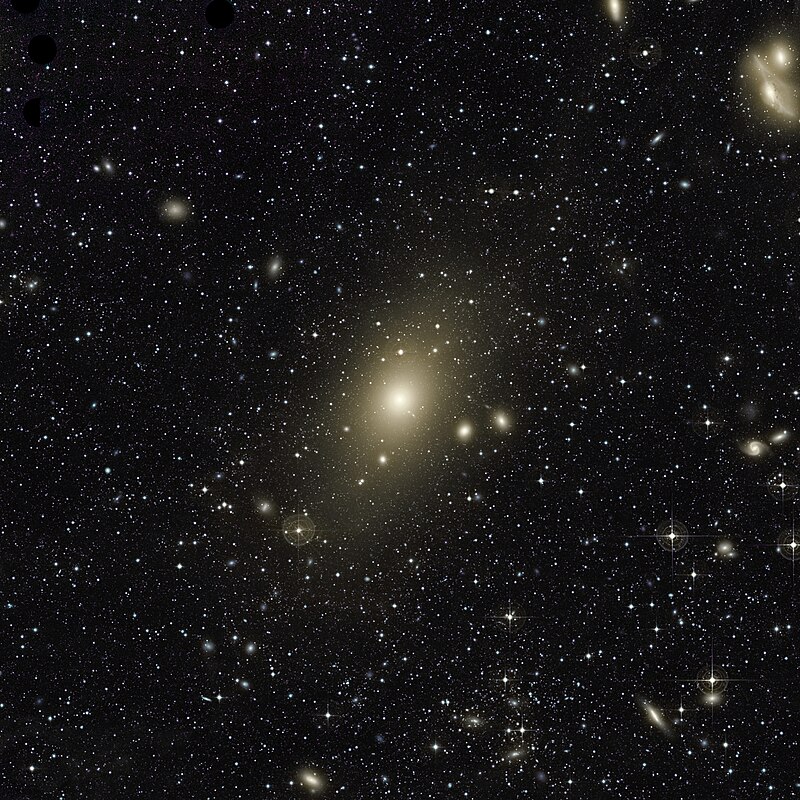Astronomers have discovered a colossal galaxy that is in a state of quiet, meaning it is hardly giving birth to new stars. This galaxy is one of the most distant and youngest objects of its kind. Scientists believe that in the future, it will transform into a gigantic elliptical stellar system.

The Silent Giant Galaxy
Scientists working with the Keck I telescope in Hawaii published a paper at the end of August describing the galaxy COSMOS-1047519. It belongs to a category known as giant silent galaxies. These galaxies resemble enlarged versions of our Milky Way but, for some reason, exhibit minimal star formation.
Such stellar systems are considered precursors to giant elliptical galaxies, similar to Messier 87, which contains the first black hole ever imaged by humans. In these systems, star formation is nearly absent, likely because they lost all their gas at some point. However, how this happened remains a mystery, as elliptical galaxies are generally thought to be younger than spiral galaxies.
To understand this phenomenon, scientists search for giant silent galaxies with significant redshifts. COSMOS-1047519 stands out in this regard, as it has a redshift parameter of 4.53, indicating that we are seeing it shortly after its formation.
The Rapid Evolution of Massive Galaxies
Scientists employed a method combining spectroscopy and photometry to obtain the energy spectral distribution in the galaxy. They determined its mass to be approximately 60 billion solar masses, quite substantial for its age of no more than 180 million years.
However, the rate of star formation in COSMOS-1047519 is merely 10 solar masses per year. Further research revealed that it is one of the youngest giant silent galaxies. Early in its existence, it underwent a vigorous burst of star formation, but its activity dwindled completely within 100 million years.
The reasons for this are not yet fully understood by scientists. Nevertheless, they believe it could have occurred due to the initial burst of star formation, which “burned out” all the gas, or it could be linked to the activity of a supermassive black hole, possibly resulting from galactic mergers, which could have had a similar effect.
Source: phys.org

